by William E. Welsh
When Confederate General Robert E. Lee learned on the morning of April 9, 1865, that Union infantry was both in front and behind of his meager army of 12,500 effectives as it approached Appomattox Court House in central Virginia, he resigned himself to the sad task before him. He must ride to Union lines and request an interview with Lt. Gen. Ulysses S. Grant.
“There is nothing left me to do but go and see General Grant, and I would rather die a thousand deaths,” Lee told his staff.
[text_ad]
Disaster at Sailor’s Creek Further Depleted Lee’s Already-Thin Ranks
A week earlier Lee had ordered Confederate forces in Richmond and Petersburg to retreat west toward a rendezvous at Amelia, a stop on the Richmond and Danville Railroad. At that time his army numbered about 36,000 men, but in a series of desperate clashes at Sailor’s Creek on April 6 a good chunk of his army was captured. Straggling also took a heavy tool.
Lee set out to meet with Grant shortly after Noon on Palm Sunday. He was escorted by Lt. Col. George Babcock of Grant’s staff and brought with him his adjutant, Lt. Col. Walter Taylor, his secretary, Lt. Col. Charles Marshall, and orderly Sergeant George Tucker. Grant had suggested in his correspondence that Lee choose the meeting place. So Lee sent Marshall ahead on the important task. Marshall selected sugar speculator Wilmer McLean’s red brick house.
Grant Makes Small Talk About Mexican War During Surrender
At 1:30 PM Grant entered McLean’s parlor and went immediately to shake Lee’s hand. They were a study in contrasts of age and attire. Grant in his early 40s wore a muddy and dusty uniform because his baggage had not caught up with him at the front. Lee in his late 50s was immaculately groomed in a dress uniform with polished brass buttons. Grant had difficulty reading Lee’s dignified demeanor. He did not fathom the deep sadness his adversary felt at having to surrender the remnant of a once formidable army.
Grant made small talk about their having met once in the Mexican War. When Lee asked for conditions, Grant said that the Confederates would be paroled but must pledge not to take up arms again against the U.S. government.
Shortly afterwards Lee rode off to inform his army of the terms, Union cannon began to boom in celebration. Grant ordered the firing stopped immediately, informing his staff, “The war is over. The rebels are our countrymen again.”
Appomattox Court House is situated in central Virginia about 90 miles west of Richmond and 18 miles east of Lynchburg. To reach it from east or west, take US 460. When approaching the town of Appomattox, take State Route 24 north to the National Park Service-administered site.
Speculators Dismantled McLean House, But Park Service Rebuilt It
Although there are a number of extant buildings within the park, such as Clover Hill Tavern, Meeks Store, and Woodson Law Office, the McLean House was dismantled in 1893 by speculators who concocted a money-making scheme. The speculators planned to reassemble the house in the nation’s capital as a war museum but nothing came of the scheme. Subsequently, the National Park Service rebuilt the house on its original foundation in the 1940s.
The best place to begin your visit is at the visitor center inside the reconstructed court house. Rangers and volunteers at the visitor center can answer questions about the park and the historical event that occurred on the site. The visitor center has museum exhibits, video programs, maps of the park, and restrooms.
Including the reconstructed court house, there are about 10 buildings (extant or reconstructed) that were in the village at the time of the surrender and are an integral part of the park. These are all within a short walk of the visitor center. Must-see sites are the McLean House and the Clover Hill Tavern. The tavern, which was built in 1819, is the oldest structure in the village. It was where Confederate parole passes were printed. Other key sites are a short drive away. They include the locations of Lee’s and Grant’s headquarters, which are at the east and west sides of the park, respectively.
A Tearful Farewell at the Stacking of Arms
On the Richmond-Lynchburg Stage Road, which passes in front of the court house, the surrendering Confederate soldiers on April 12 deposited their cannon, rifles, flags, and accoutrements in a ceremony observed by 5,000 Union soldiers who lined the road. Many tears were shed as Confederate soldiers said goodbye to each other to travel back to their farms and homes.
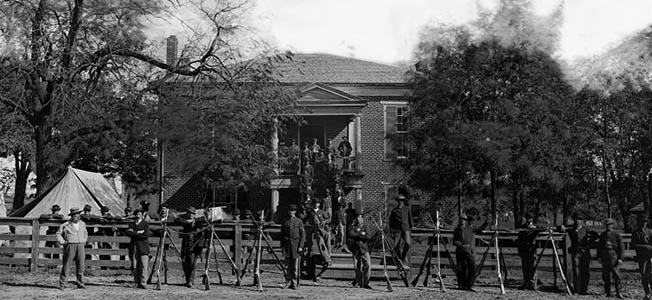
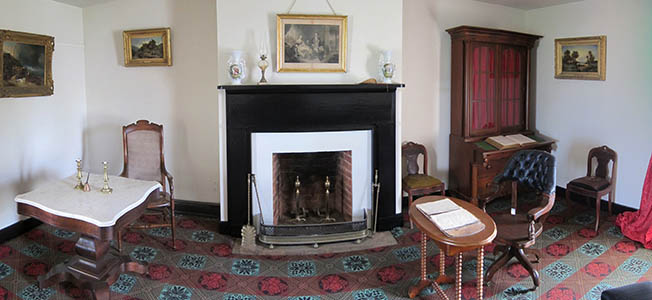
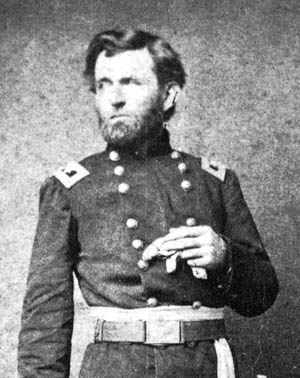
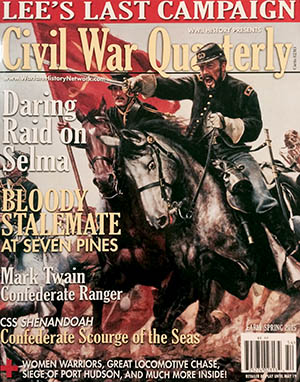
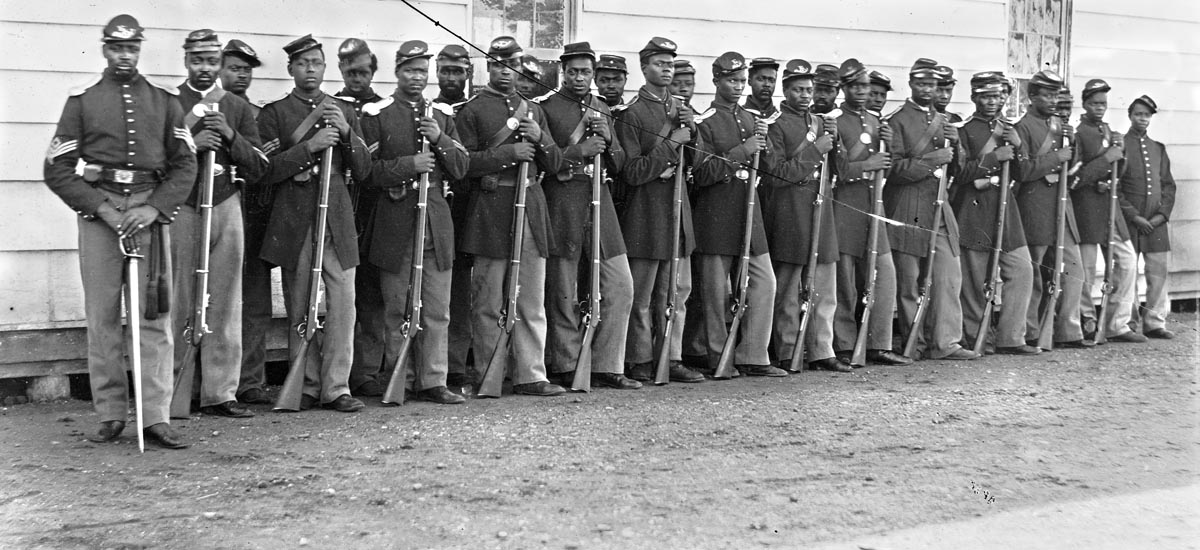
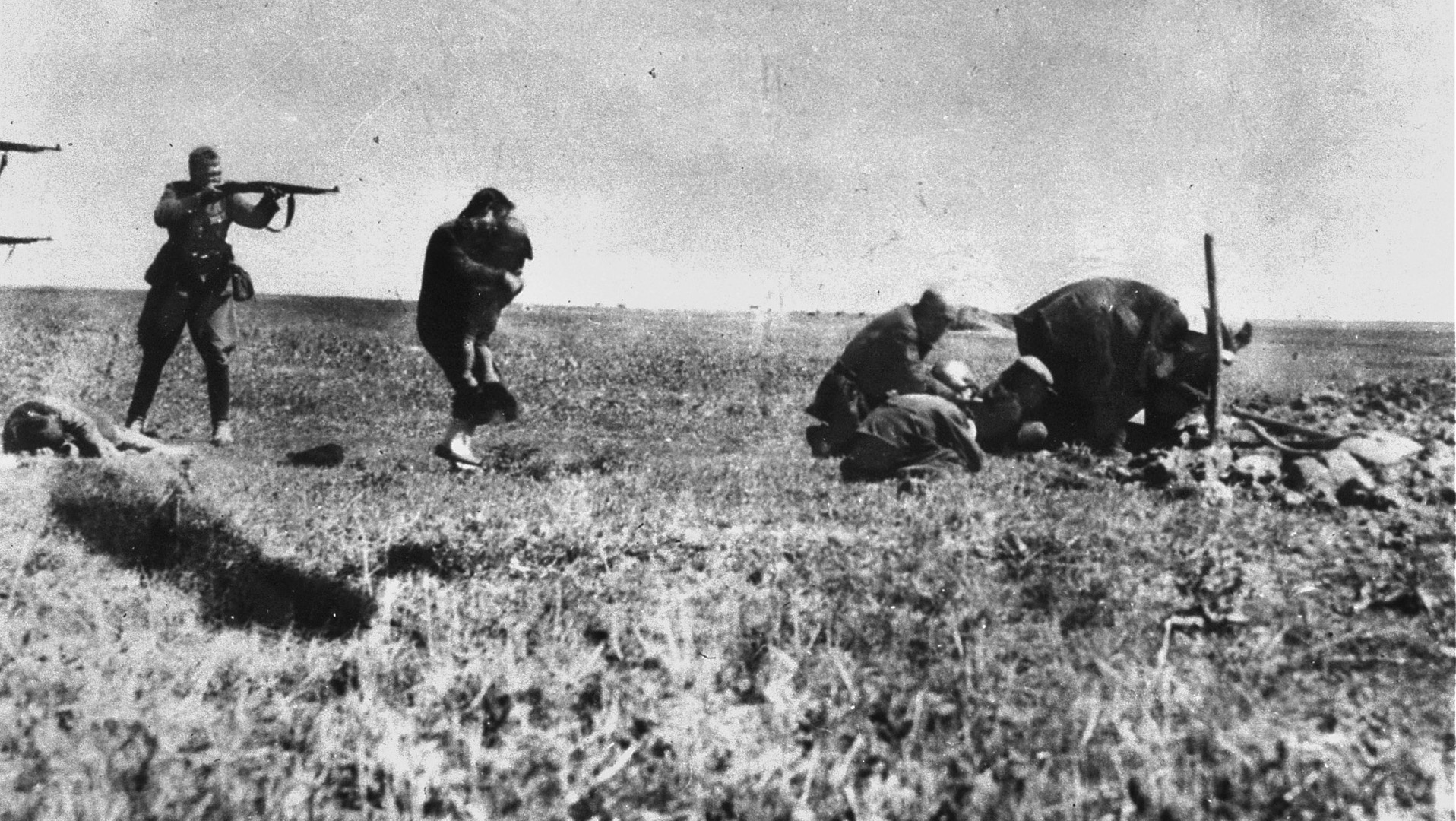
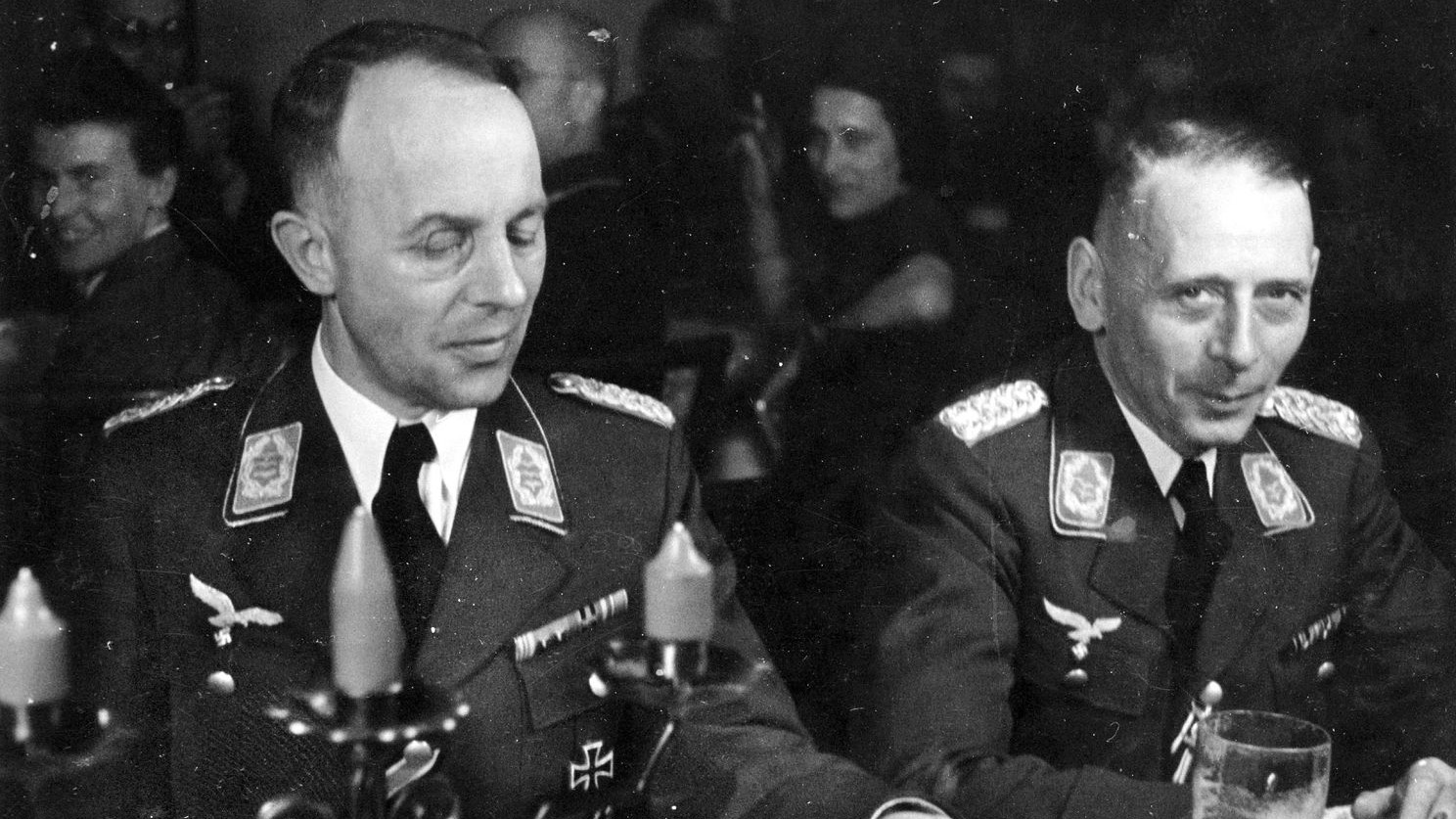
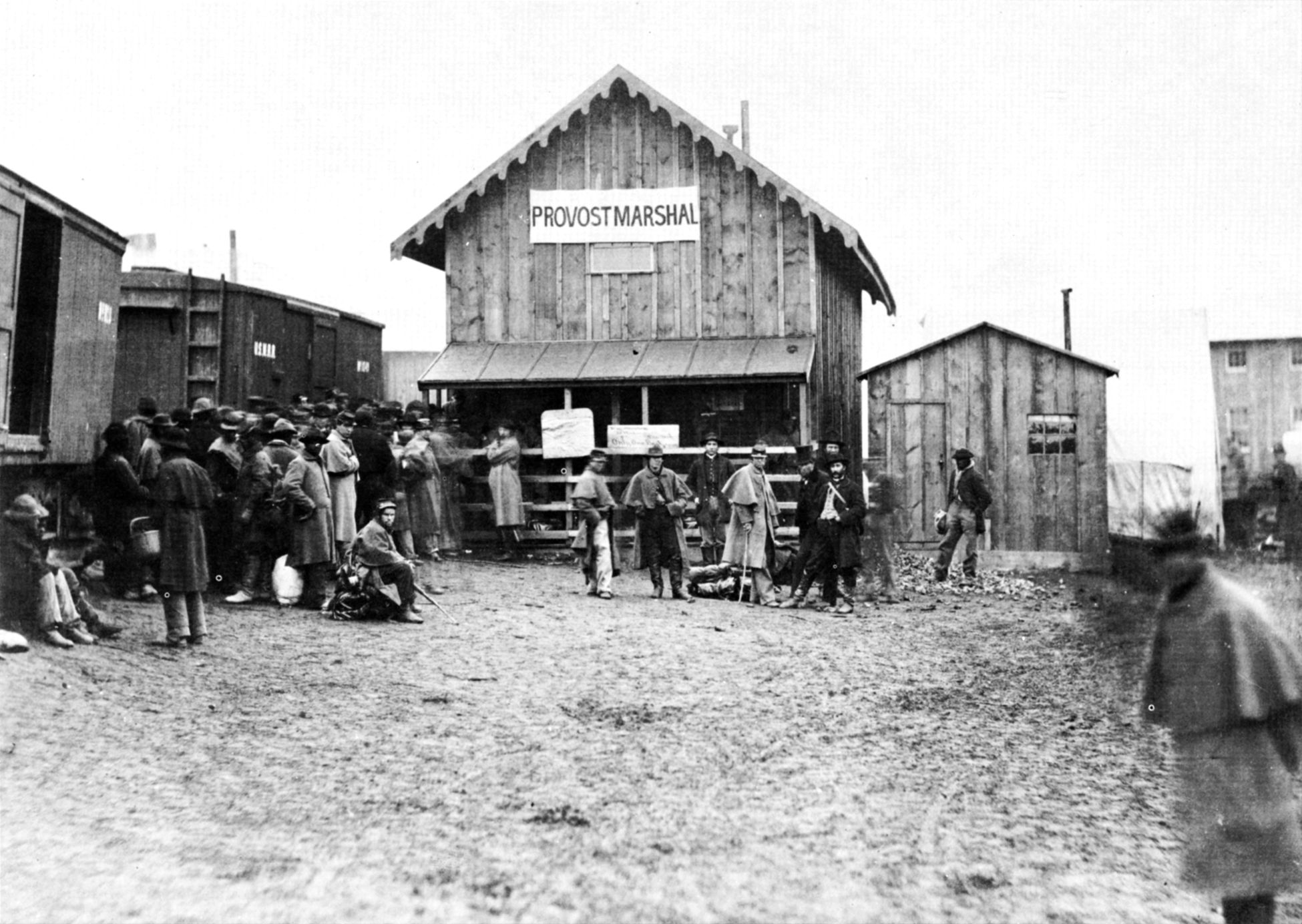
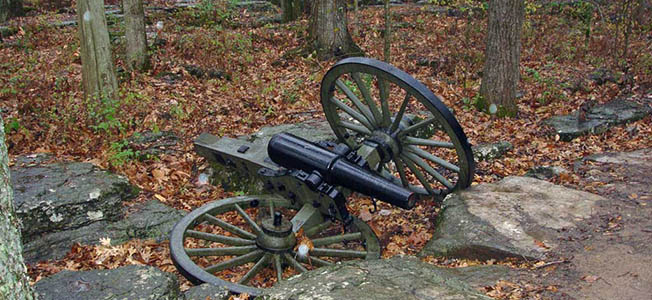
Join The Conversation
Comments
View All Comments